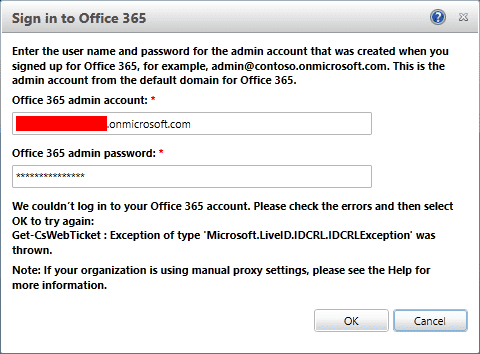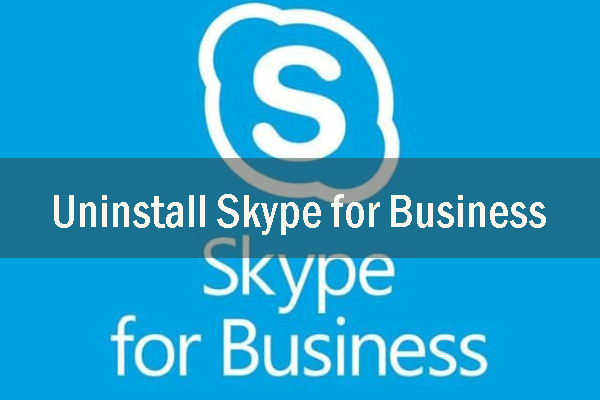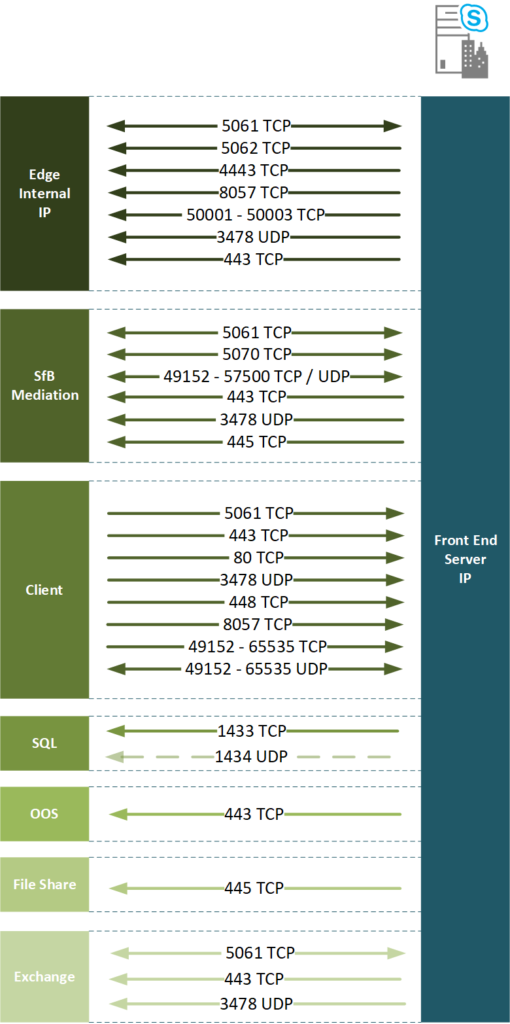
We can check client policy setting using this cmdlet, Enable Skype User Interfaceīy default Skype for Business client UI value is Null in Lync Client policy. Most of the companies wants to standardize their software deployment and if you want to manage standardization of Lync client without using any central management system then here are the steps which will help you to control lync client version on your end user machines. Once lync client is updated to Skype for Business client users will get the following pop up. You can either manage Windows Updates centrally using WSUS and allow which updates can be pushed to end users machine and if you don’t have any centralized Patching system then you probably come up with this scenario where few users update their Lync client to Skype for Business and few using Lync. Mostly Microsoft product updates are pushed to end users from Windows Updates and Microsoft prefer to push new product updates from Windows Updates too.

Here are the steps to Enable or Disable Skype for Business client in Lync 2013 server. It looks like it's my fault, that I've missed something, and will create lots of service calls.Before we start, i assume that you currently have Lync 2013 deployed in your infrastructure and the steps mentioned below are tested on Lync 2013 server edition. However, I have a hard time recommending anyone use the software if it's going to have so many "errors" right on the surface. We have no plans or desire to add Exchange here. Accounts are synced from Active Directory to Azure AD, and authentication happens via AD FS. I am able to sign in and exchange messages with another user. I've come across a few places in the Skype program that complain about this: The trick here is that we don't have Exchange anywhere (we have G Suite Apps for Edu handling our e-mail services). I'm playing with Skype, and it's a decent IM and presence app on it's own.


I'm at a college where we have a campus licensing agreement with Microsoft for licensing Windows and Office that now includes Office 365 online services, which includes Skype for Business.


 0 kommentar(er)
0 kommentar(er)
